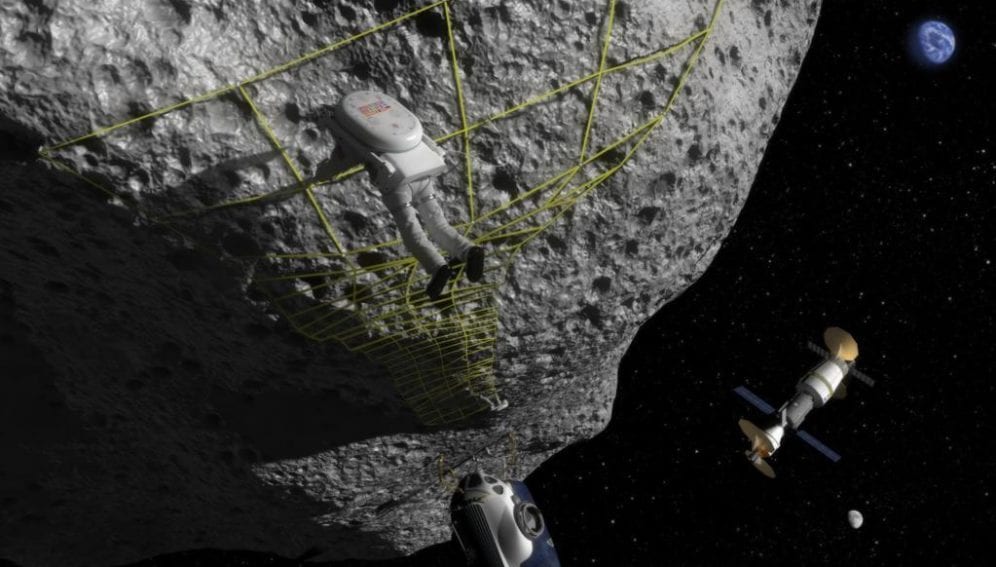Send to a friend
The details you provide on this page will not be used to send unsolicited email, and will not be sold to a 3rd party. See privacy policy.
[SANTIAGO] The risk that an asteroid or meteor — much like the Chelyabinsk meteor that exploded over Russia on 15 February — goes undetected in the Southern Hemisphere is set to increase this July.
Funding for the Australia-based Siding Spring Survey — the Southern Hemisphere's only telescope programme to track near-Earth objects (NEOs) — will run out in July, forcing it to shut, and potentially leaving the Southern skies unmonitored until 2020, when a new telescope will begin work in Chile.
NASA (the US National Aeronautics and Space Administration), which has funded the telescope since 2004, and the University of Arizona, United States, stopped funding the telescope last October.
SPEED READ
- Funding issues could leave the southern skies unmonitored until the early 2020s
- 40 per cent of asteroids that could collide with Earth may go undetected
- The risk of a meteor falling in a populated area is small, but the damage it could cause is great
Since then, the Australian National University has been paying for two astronomers to observe the skies, but will only do so until July.
Michele Bannister, researcher in planetary astronomy at the Australian National University tells SciDev.Net that it is unlikely the necessary resources will be made available, as the Australian government has historically shown a lack of interest in providing funding for the telescope.*
Ezequiel Treister, an astronomer at the University of Concepcion, Chile, says: "Without an observatory in the Southern Hemisphere scanning for NEOs, we may miss around 40 per cent of asteroids that could collide with the Earth."
The tracking of asteroids requires the repeated imaging of the same area of sky to see if any point moves, explains Bannister.* A telescope dedicated to this task makes monitoring easier.
Treister says that once an asteroid is detected, it must be tracked over several days to accurately determine its orbit. Without doing so, observers would be less able to predict an asteroid's orbit and future position.
"If the Siding Spring survey shuts down, asteroids might not be discovered and there could then be NEOs whose orbits are not confirmed, reducing our ability to track them quickly and confirm that they pose no danger to Earth," Treister says.
He adds that even if the asteroid is observed from the Northern Hemisphere, much valuable detecting time could be lost.
Less than ten per cent of all NEOs have been identified so far, according to NASA. The Earth's atmosphere protects the planet from most NEOs that are smaller than 40 metres in diameter or which hit the Earth's surface with energy levels of up to three megatons.
Larger NEOs of up to around one kilometre in diameter can do tremendous damage on a local scale if they make impact with the Earth. Astronomers estimate that there are a million or more NEOs — more than 1,000 of which are larger than one kilometre in diameter.
Meteors are reaching our planet all the time but very few of them cause damage because most will fall in an ocean or in a place where no people live," Patricio Rojo, an astronomer and professor at the University of Chile, tells SciDev.Net.
"But even if the risk of a meteor falling in a populated area is small, the damage it could cause if it does so is great," he adds.
If the Siding Spring survey shuts down, there will not be another observatory working to track meteors in the Southern Hemisphere until the eight-metre Large Synoptic Survey Telescope (LSST) begins operating in Chile in the early 2020s.
The LSST will observe all the sky that is visible from the Southern hemisphere every three days.
"Because it is a relatively large and very sensitive telescope, it will be able to detect asteroids of 50 metres in diameter up to three months before a possible impact," Treister says.
According to NASA, that would leave enough time to evacuate regions that might be at risk. If the asteroid was detected at least ten years ahead of impact, NASA says a spacecraft could be sent to deflect or destroy it.
*This article was updated on 15 March 2013. The original text mistakenly attributed Michele Bannister's comments to Steve Larson, senior staff scientist at the University of Arizona's Lunar and Planetary Laboratory.














